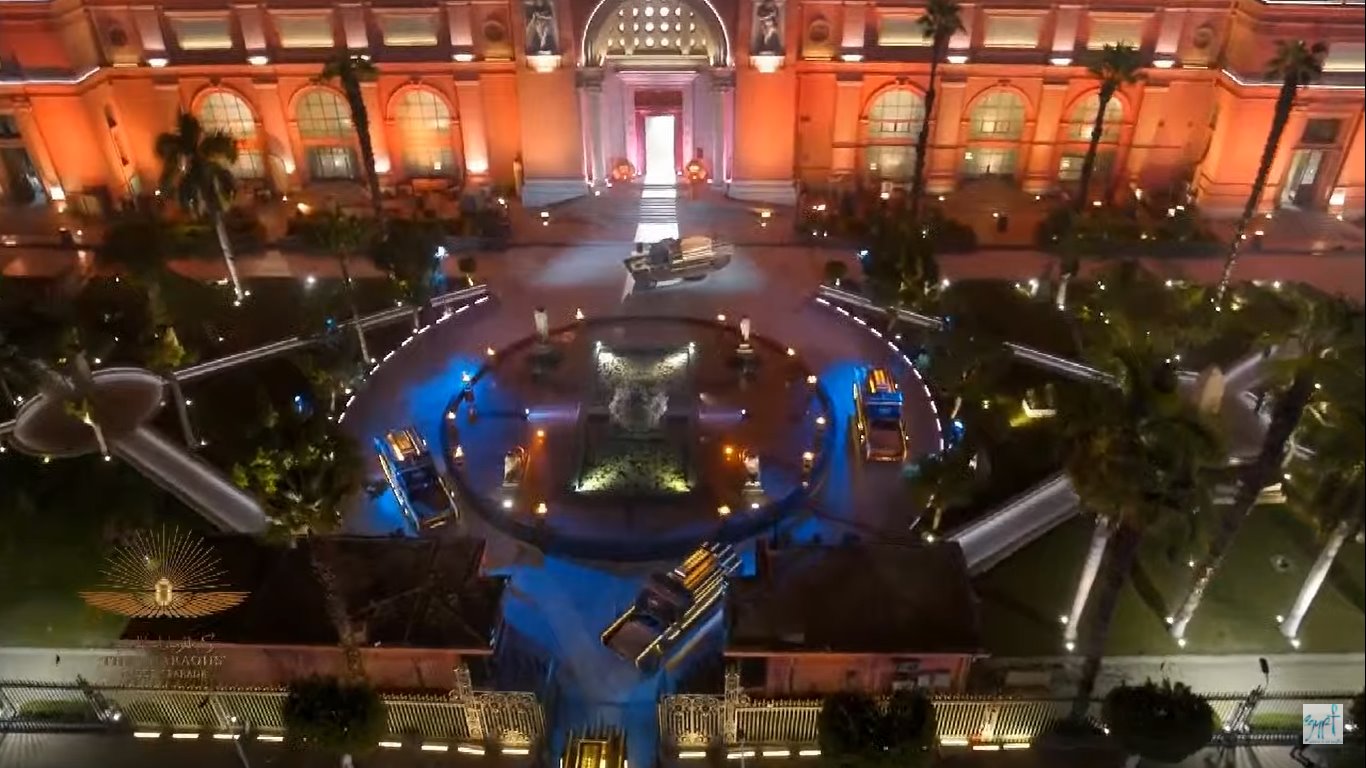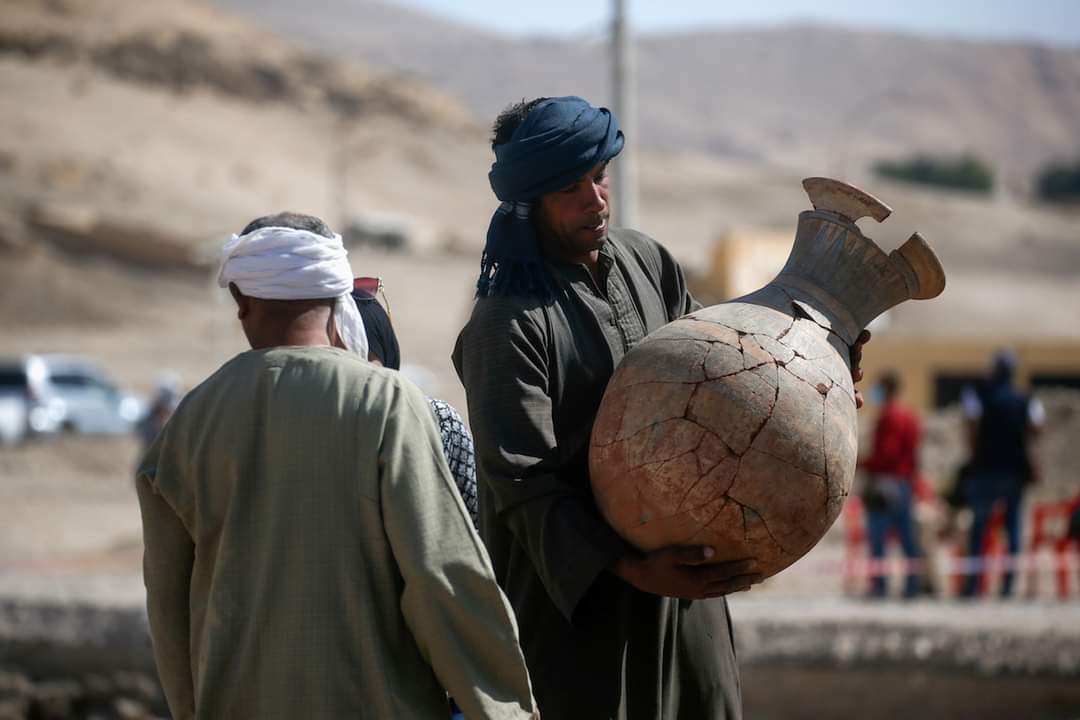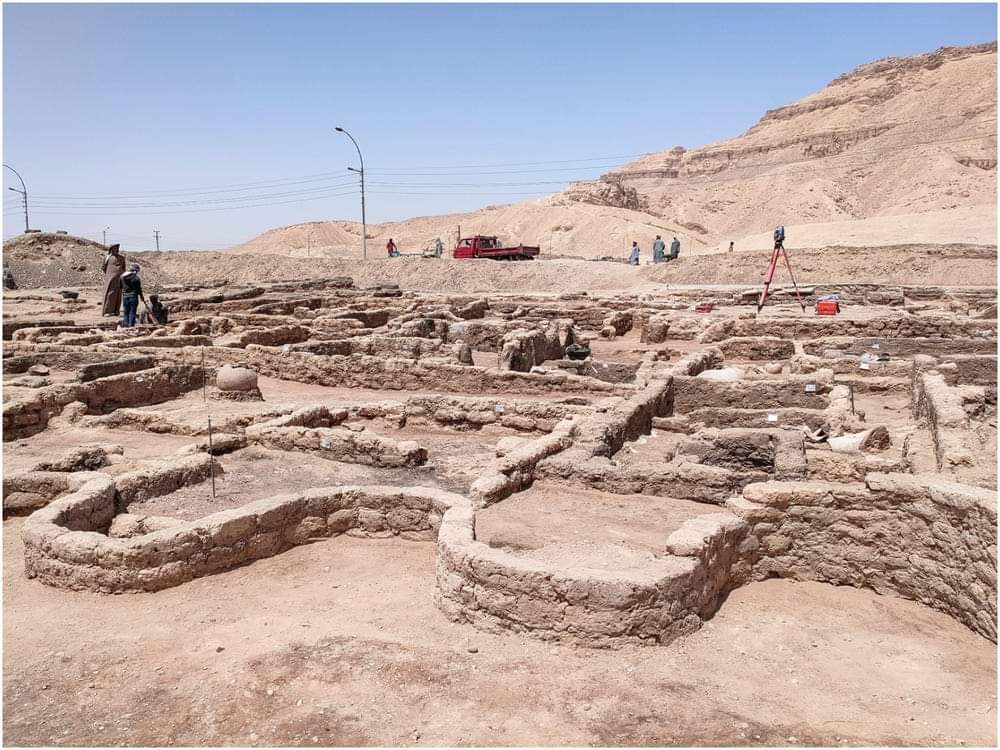For those of us who are moved by a testimony of the ancient world, visiting Egypt with all its treasures is a very attractive destination. But from our headquarters in Buenos Aires, Argentina, traveling to that country has always been a project of significant economic cost. Aware of this and immersed in this time of pandemic, we want to invite you to take a virtual tour through that space of fascination and mystery. We also do so inspired by the latest news.
The Golden Parade of the Pharaohs
In a historical event, a few days ago, Cairo experienced an amazing cultural heritage festival; the transfer of twenty-two mummies -four queens and eighteen kings- from their old Museum to the new headquarters. The caravan was formed respecting the chronological order of the pharaohs; It was headed by Seqenenre Taa II, ruler of the 17th dynasty, and it was Ramses IX who closed it, the supreme authority of that civilization in the 12th century BC. Among the pharaohs was Queen Hatshepsut, proclaimed after the death of her husband -Tuthmosis II- when women could not access the highest seat of the Egyptian State.
Each pharaoh advanced through the streets of the Egyptian capital installed on a golden chariot; twenty-two floats built by local artisans respecting the shapes of the battle tanks found in the tomb of Tutankhamun, although with all the technological advances for the preservation of those sacred remains: they carried a glass urn with nitrogen, replicating the conditions in which said mummies were preserved in the museum. The show captured the gaze of local residents and the international public, successfully crowning a program aimed at promoting cultural tourism.
The procession was broadcast by hundreds of television networks and millions of viewers saw it live all over the world. If you want to relive those moments in a short video, you can access this link.
And if you prefer to enjoy the entire ceremony, we invite you to see it at this link.
The tour began in Altahrir Square, home of the ancient Egyptian Museum and where the obelisk of Ramses II is located -whose remains was also part of the procession- and after advancing along five kilometers, it was received by the highest local authorities at the access to the new museum in Fustat, which is part of the so-called Great Egyptian Museum (GEM), located in the vicinity of the pyramids. The new headquarters are scheduled to be inaugurated in the coming months; it will gather the most important archaeological treasures of Egypt, among them, the tomb of Tutankhamun.
The history of these remains is linked to the illegal activities of grave diggers in the second half of the 19th century. An important group of these mummies of the pharaohs was located in 1881, they were hidden in a cliff of the necropolis of Luxor. The site had already been looted for years and in the footsteps of those defilers the site was located and to the surprise of the specialists dependent on the Antiquities Service, a deposit with fifty mummies came to light, eleven of them corresponding to pharaohs. among which were the remains of Ramses II. At the end of the 19th century, a new deposit of royal tombs was discovered in the Valley of the Kings: next to the sarcophagus of Amenophis II -who ordered the construction of the structure- the sarcophagi of nine other pharaohs were found.
Discover the city of Luxor
Just a few days after that fantastic parade, its most prominent archaeologist, Zahi Hawass, announced a surprising find: the remains of the largest city so far located, hidden for 3000 years under the sands of Luxor.
That huge human conglomerate was founded by Pharaoh Amenhotep III, who ruled from 1391 to 1353 BC, and was active at least during the reigns of Tutankhamun and Ay. The scientific mission has already unearthed different areas with buildings, identifying numerous objects that have already made it possible to define their chronological location and a good part of their functionality. For the experts, it was an important administrative and residential center, which also housed a craft work area. As a result of the excavations, a workshop with molds for the elaboration of amulets and other decorative objects was already located, as well as a zone for the production of bricks, which were used in the construction of the temples, as indicated by the seal with the identification of Pharaoh Amenhotep III.
Thousands of years after its peak, the Egyptian civilization continues to surprise us. In recent times, numerous findings have made it possible to confirm references and raise new unknowns. Under the sands of Egypt, no doubt, there are still many treasures that will awaken our amazement when they come to light under the patient work of archaeologists.
Fotografías: Gentileza Embajada de la República Árabe de Egipto en Argentina, y Comunidad de Facebook This is wonderful Egypt.



